Monuments in China reflect centuries of cultural, architectural, and imperial heritage across its vast regions. Located in East Asia, China holds thousands of ancient structures dating back to various dynasties. From palaces to religious relics, these sites offer insights into China’s historical transitions. Each monument is a physical record of political, spiritual, or social significance. Travellers interested in history often explore these sites for academic or cultural understanding. With improved infrastructure, many of these heritage spots remain accessible throughout the year. Visiting these monuments adds depth to any itinerary focused on Chinese heritage.
Top 10 Monuments In China To Visit
This list of monuments in China includes architectural feats and historical richness, offering a glimpse into the past and worth exploring on your journey.
1. Great Wall Of China
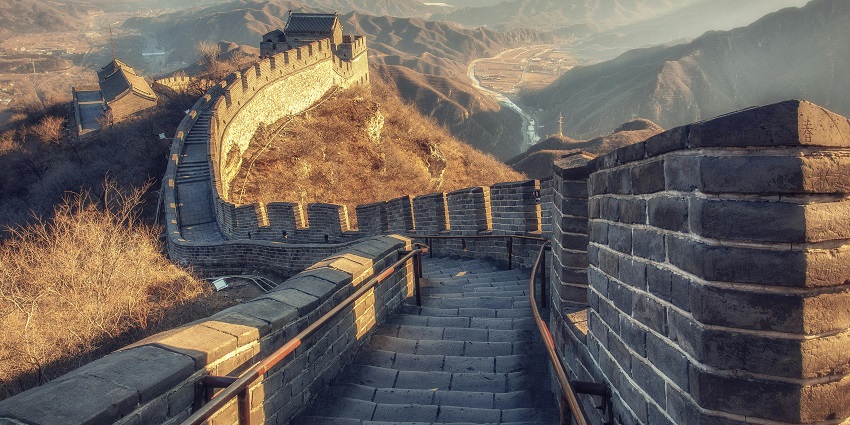
Constructed to guard against invasions, the Great Wall stretches over 21,000 kilometres and includes watchtowers and fortified passes. Built by multiple dynasties like the Qin and Ming, this structure showcases military strategies across centuries. Recognised as one of the famous monuments in China, it is a UNESCO site that attracts millions of tourists. Each section offers a new perspective, such as the Badaling for accessibility, Jiankou for ruggedness, and Mutianyu for restored features. It serves as a historical symbol and engineering achievement in scale and effort.
Major Attractions: Badaling, Mutianyu, and Jiankou Wall sections
Timings: 7.30 AM – 5.30 PM
Entry Fee: ¥40–¥60 / ₹472.08 – ₹708.12
Location: Northern China, across Beijing, Hebei, Shanxi, and more
2. Forbidden City
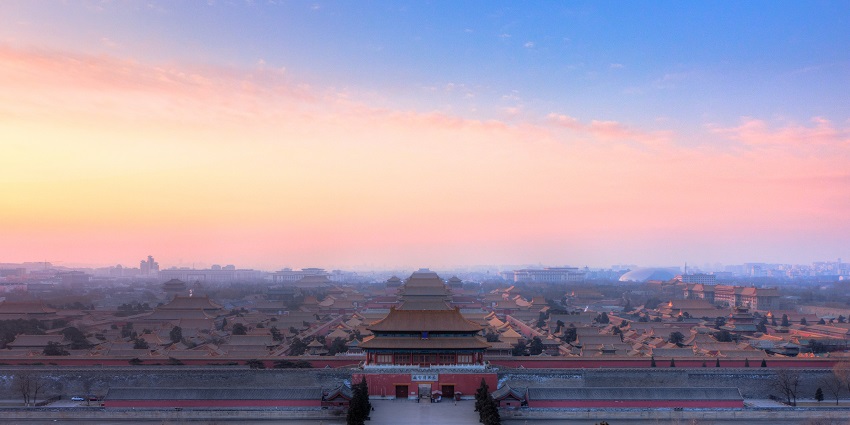
Photo: Pixelflake / Wikimedia Commons
The Forbidden City is a preserved palace complex from the Ming and Qing dynasties. It contains nearly a thousand buildings, arranged in symmetry and aligned with traditional principles. Visitors witness imperial life through architecture and artefacts displayed in the Palace Museum. Guided paths trace court rituals, offering historical insights. Preservation efforts protect delicate interiors, leaving selected areas open to the public, making it one of the best monuments in China. This cultural site provides an in-depth understanding of past administrative systems and ceremonial traditions once central to China’s governance.
Major Attractions: Hall of Supreme Harmony, Imperial Garden, Clock Exhibition Hall
Timings: 8.30 AM – 5 PM (closed on Mondays)
Entry Fee: ¥60–¥80 / ₹708.12 – ₹944.16
Location: Beijing
3. Potala Palace
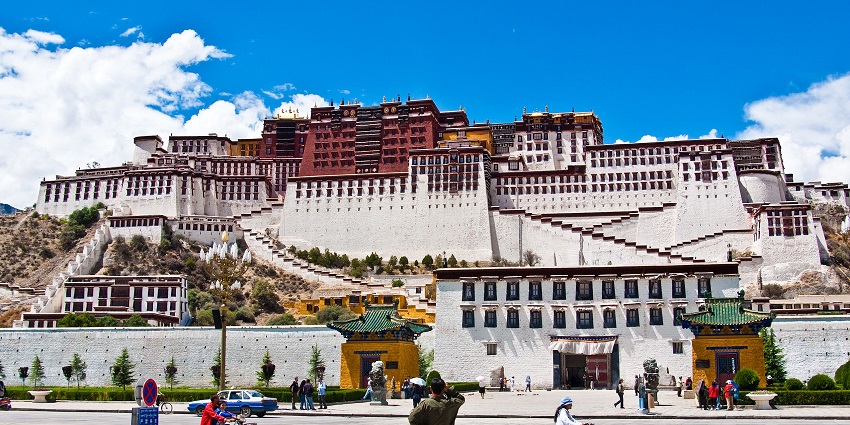
Photo: Antoine Taveneaux / Wikimedia Commons
Potala Palace, a 13-story-tall palace, represents architectural strength and religious reverence. It originally functioned as the residence of the Dalai Lama and holds centuries-old manuscripts and statues. The Red and White Palaces reflect different functions, such as secular and spiritual. Its location at high altitude demands measured movement but rewards visitors with intricate interior halls and sacred objects. This site remains a key centre for Buddhist pilgrims and those interested in Tibetan heritage, maintaining a strong link to monastic tradition and practice.
Major Attractions: Red Palace, White Palace, Assembly Hall
Timings: 9 AM – 4 PM
Entry Fee: ¥200 / ₹2360.40
Location: Lhasa, Tibet Autonomous Region
4. Summer Palace

Photo: Foofy~commonswiki / Wikimedia Commons
Once reserved for Qing emperors, the Summer Palace spans hundreds of acres, integrating designed walkways, bridges, and ornamental halls. It combines structural features with natural elements, offering historical architecture surrounded by water and forest, and is one of the famous monuments in China. Known for Kunming Lake and Longevity Hill, the grounds include the Seventeen-Arch Bridge and Marble Boat, each with symbolic value. Visitors approach it from many angles—some observe its artistic detail, while others engage with the park’s seasonal changes, influencing the experience of different pavilions and paths.
Major Attractions: Long Corridor, Seventeen-Arch Bridge, Tower of Buddhist Incense
Timings: 6.30 AM – 6 PM
Entry Fee: ¥30–¥60 / ₹354.06–₹708.12
Location: Beijing
5. Temple Of Heaven
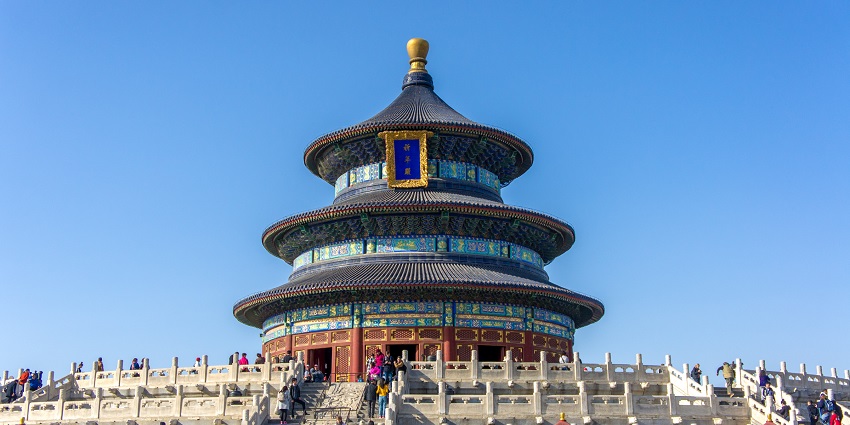
Photo: Shujianyang / Wikimedia Commons
Built for annual ceremonies to seek agricultural blessings, the Temple of Heaven remains a major religious complex in Beijing. Recognised as one of the popular monuments in China, its structures were designed with acoustic precision and spiritual symbolism. Circular and square shapes reflect harmony between the earth and sky. Visitors witness these architectural features and participate in morning exercises held nearby. This site serves historical interest and daily public use, blending cultural relevance with local community presence.
Major Attractions: Hall of Prayer for Good Harvests, Echo Wall, Circular Altar
Timings: 8 AM – 5.30 PM
Entry Fee: ¥15–¥35 / ₹177.03 – ₹413.07
Location: Beijing
6. Terracotta Army
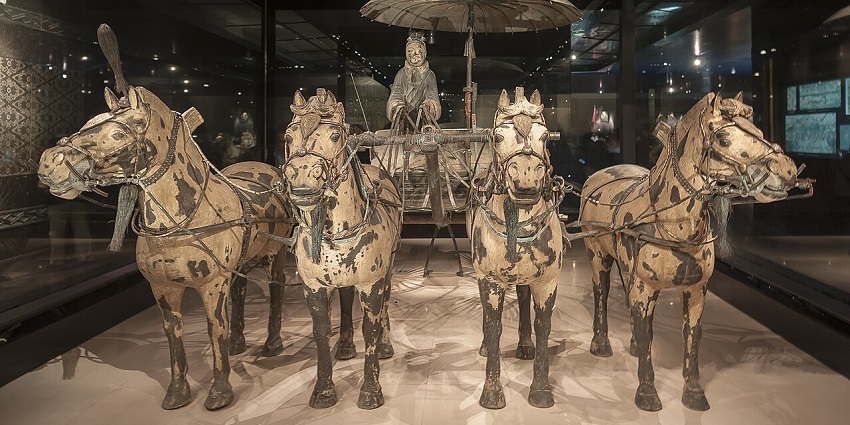
Photo: CEphoto, Uwe Aranas / Wikimedia Commons
Uncovered in Xi’an in 1974, the Terracotta Army represents Emperor Qin Shi Huang’s effort to secure protection beyond death. The discovery revealed life-sized statues of warriors, horses, and chariots crafted with unique facial features and uniforms. Archaeologists study the pits to understand production techniques and imperial beliefs. Each excavation season reveals new sections, providing ongoing academic value. Visitors tour exhibition halls that interpret ancient military organisation, making this site both a research centre and a historical destination for understanding early imperial power.
Major Attractions: Pit 1, Pit 2, Bronze Chariots
Timings: 8.30 AM – 5.30 PM
Entry Fee: ¥120 / ₹1416.24
Location: Lintong District, Xi’an
7. Big Wild Goose Pagoda
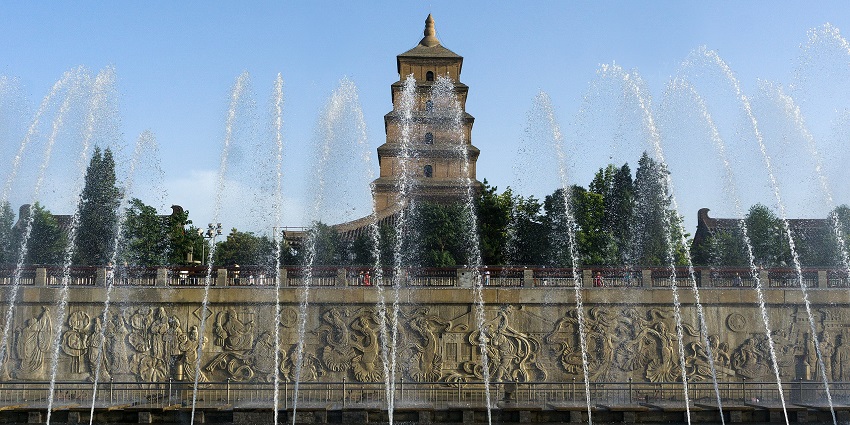
Photo: Alexey Komarov / Wikimedia Commons
This Tang dynasty structure was built in the 7th century to house Buddhist scriptures brought from India. Located in Xi’an, it remains a working temple and historical site. Originally five stories tall, it now stands at seven due to later modifications. The pagoda’s square base and brick construction reflect Tang architectural aesthetics. It holds cultural significance for its role in spreading Buddhism in China and remains a centre for religious learning.
Major Attractions: Pagoda Viewing Area, Da Ci’en Temple
Timings: 8:00 AM to 5:00 PM
Entry Fee: ¥50–¥70 (₹590.10 – ₹826.14)
Location: Xi’an, Shaanxi Province
8. Oriental Pearl TV Tower
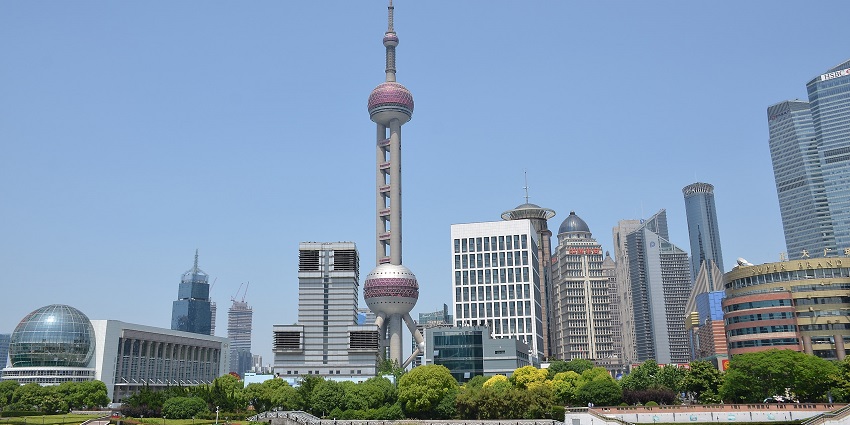
Photo: shankar s / Wikimedia Commons
The Oriental Pearl TV Tower in Shanghai stands out with its distinct shape—spheres suspended by supporting columns. Opened in 1994, it represents technological progress and city pride. Visitors experience multiple observation levels, some with transparent floors offering elevated views. Inside, the tower houses interactive exhibitions and a revolving restaurant that serves local cuisine. As a contemporary monument, it draws international attention and provides contrast against historical buildings in the city. Its mix of media, food, and education appeals to a wide audience.
Major Attractions: Observation Decks, Revolving Restaurant, History Museum
Timings: 8 AM – 9.30 PM
Entry Fee: ¥120–¥220 / ₹1416.24 – ₹2596
Location: Pudong, Shanghai
9. Emperor Qinshihuang’s Mausoleum
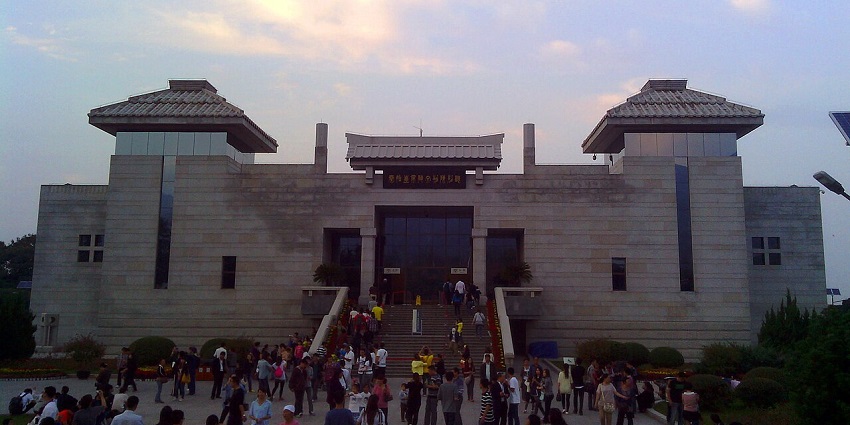
Photo: Ghost Barney / Wikimedia Commons
Separate from the Terracotta Army, Emperor Qinshihuang’s burial site remains largely unopened beneath a man-made mound. Experts believe it contains intricate layouts, precious items, and untapped archaeological knowledge. The surrounding park includes museums and display halls that contextualise the emperor’s influence and burial customs. Visitors engage with scaled models, historical timelines, and reconstructions. Although the main chamber is still sealed, the area contributes to discussions about preservation, historical documentation, and ancient engineering approaches used during the emperor’s reign.
Major Attractions: Burial Mound, Museum Artefacts
Timings: 8.30 AM – 5.30 PM
Entry Fee: ¥150 / ₹1770.30
Location: Xi’an, Shaanxi Province
10. Leshan Giant Buddha
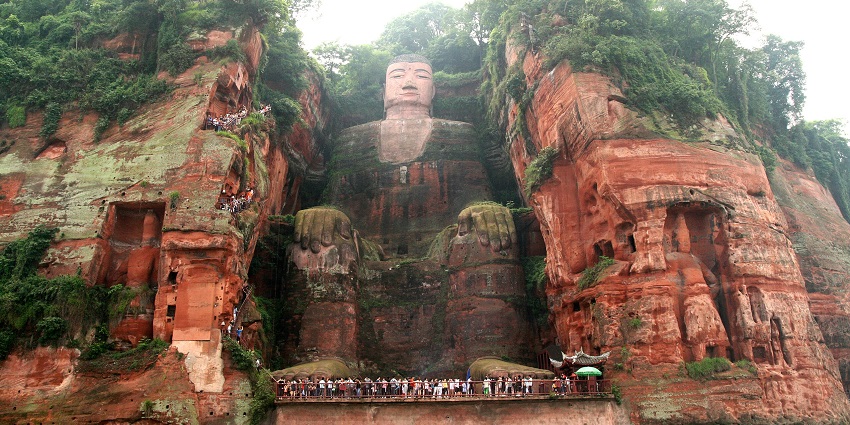
Photo: Bernt Rostad / Wikimedia Commons
Recognised as one of the oldest monuments in China, the Leshan Giant Buddha was carved to calm river waters threatening nearby communities. Its position at the meeting point of three rivers reflects strategic planning. Created from sandstone, it includes drainage systems to limit erosion, showing advanced construction knowledge for its time. Visitors reach it via hillside paths or boat tours, each offering a different perspective on its scale and symmetry. The surrounding area includes temples and museums that enrich the experience.
Major Attractions: Viewing Platforms, River Cruises, Cultural Relics Museum
Timings: 8 AM – 5 PM
Entry Fee: ¥80 / ₹944.16
Location: Leshan, Sichuan Province
Monuments in China reflect shifts in power, belief systems, and architectural development across different historical phases. These sites reveal how craftsmanship evolved under various dynasties and how cultural identity was expressed through design and symbolism. From stone-carved statues to imperial structures, each monument tells a specific story tied to regional customs and influential figures. Explore the packages offered by TripXL and visit China’s historical monuments.
Cover Photo: Zheng Zhou / Wikimedia Commons


 WhatsApp
WhatsApp
 Twitter
Twitter









